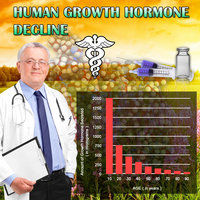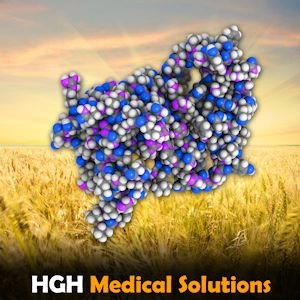Reading Time: 2 minutesIntroduction The aging male population often encounters various urological challenges, one of which is benign prostatic hyperplasia (BPH). Recent research has shed light on the role of prostatic aromatase activity in the development of BPH, particularly in men undergoing testosterone therapy. This article delves into the intricate relationship between prostatic aromatase, estradiol, and testosterone therapy, providing valuable insights for American men concerned about their urological health. Understanding Prostatic Aromatase Activity Aromatase is an enzyme responsible for converting androgens, such as testosterone, into estrogens, primarily estradiol. In the prostate, aromatase activity has been found to increase with age, leading to higher … Continue reading →

















